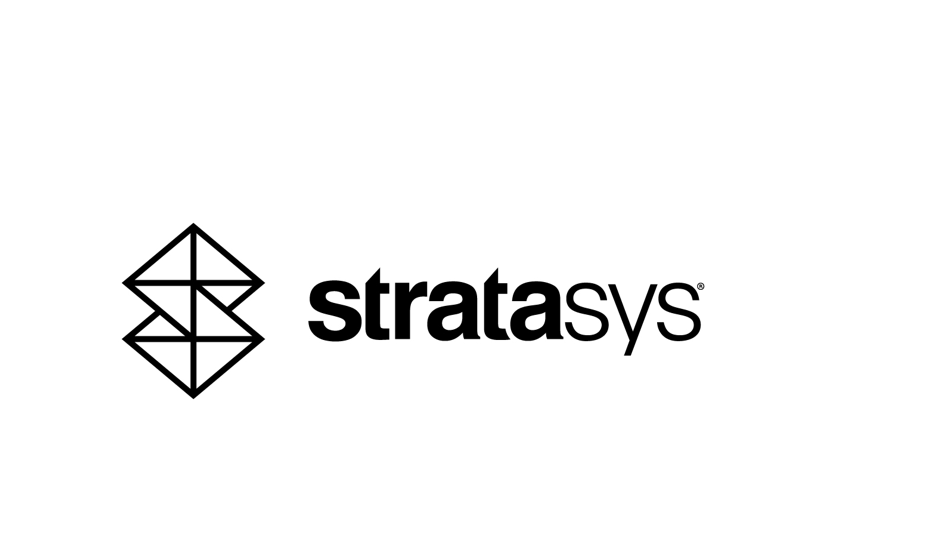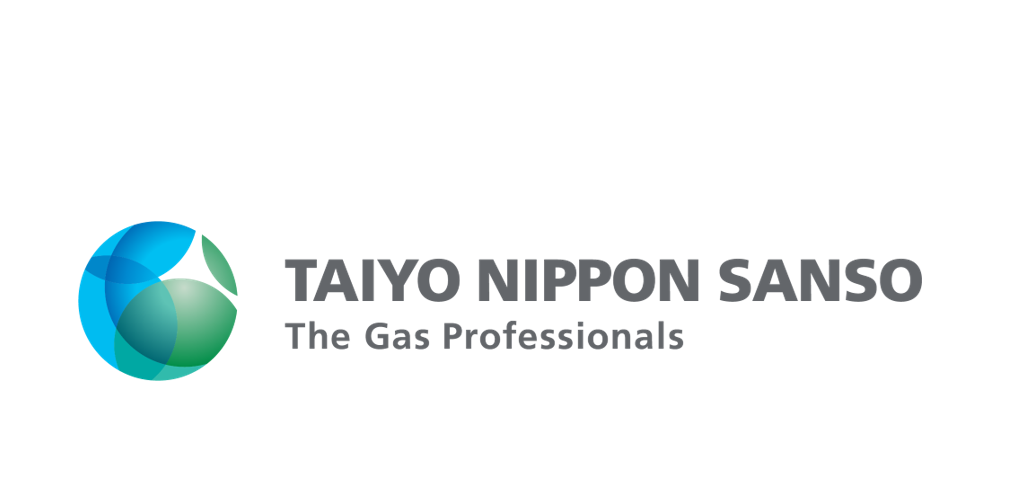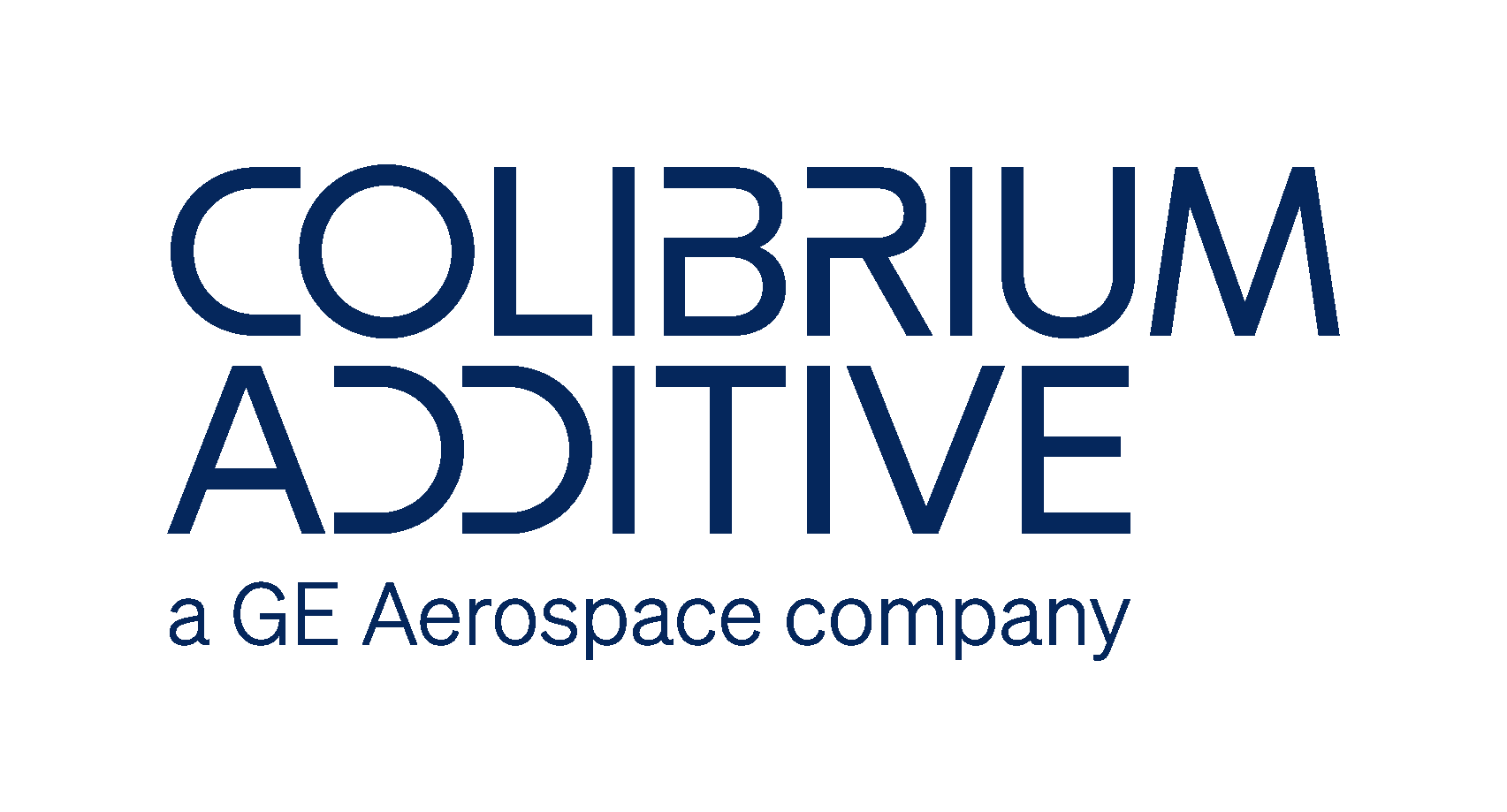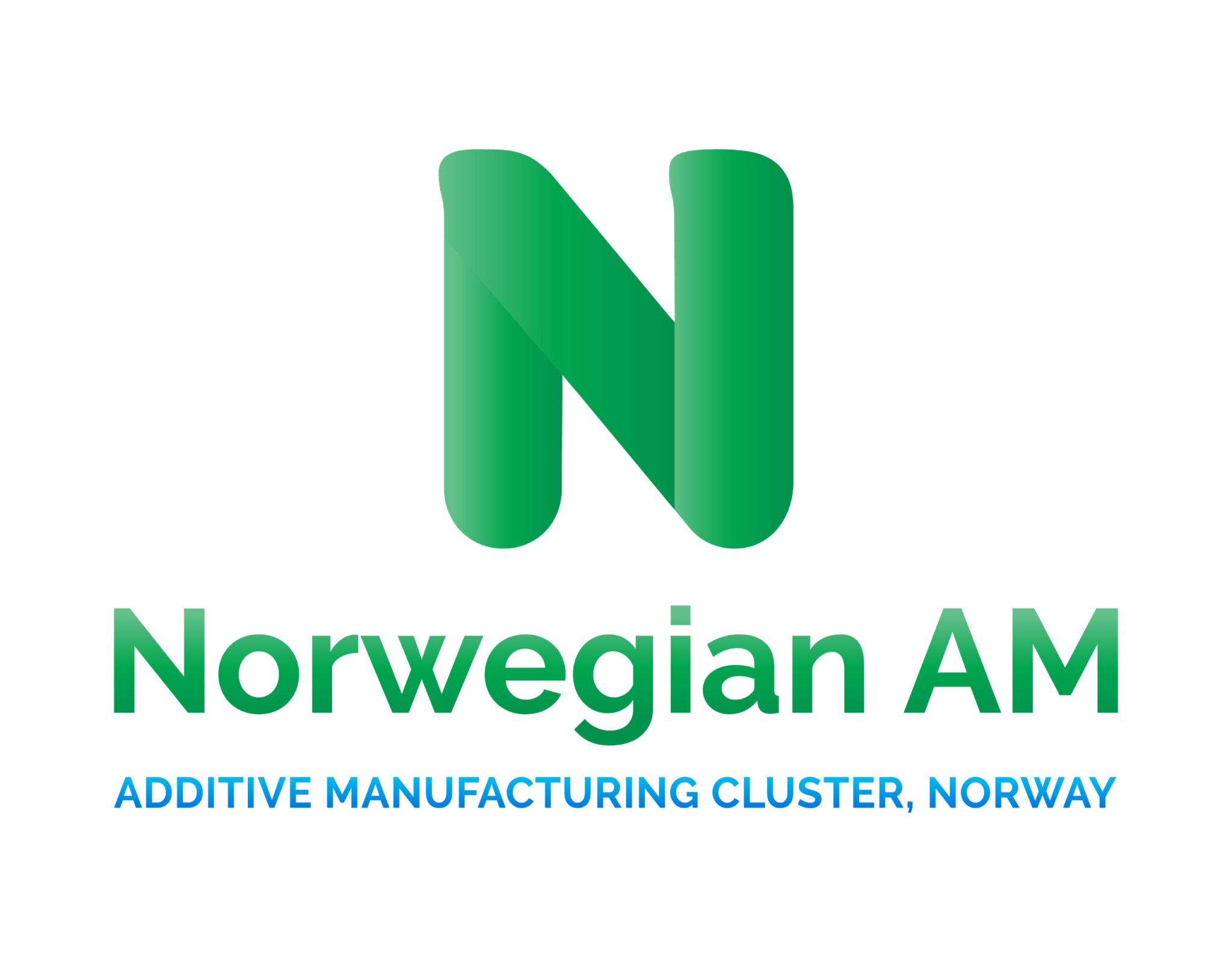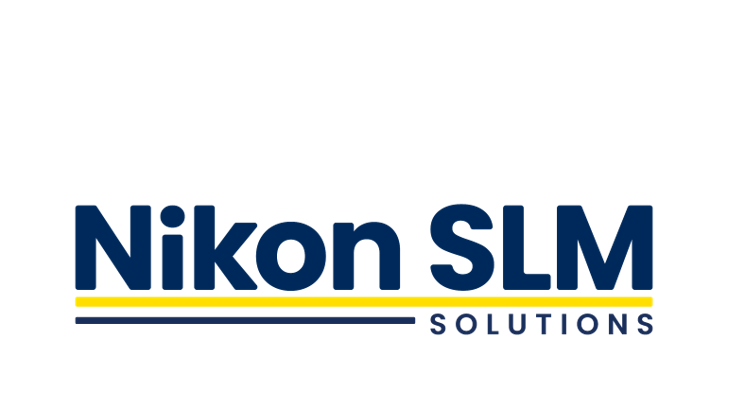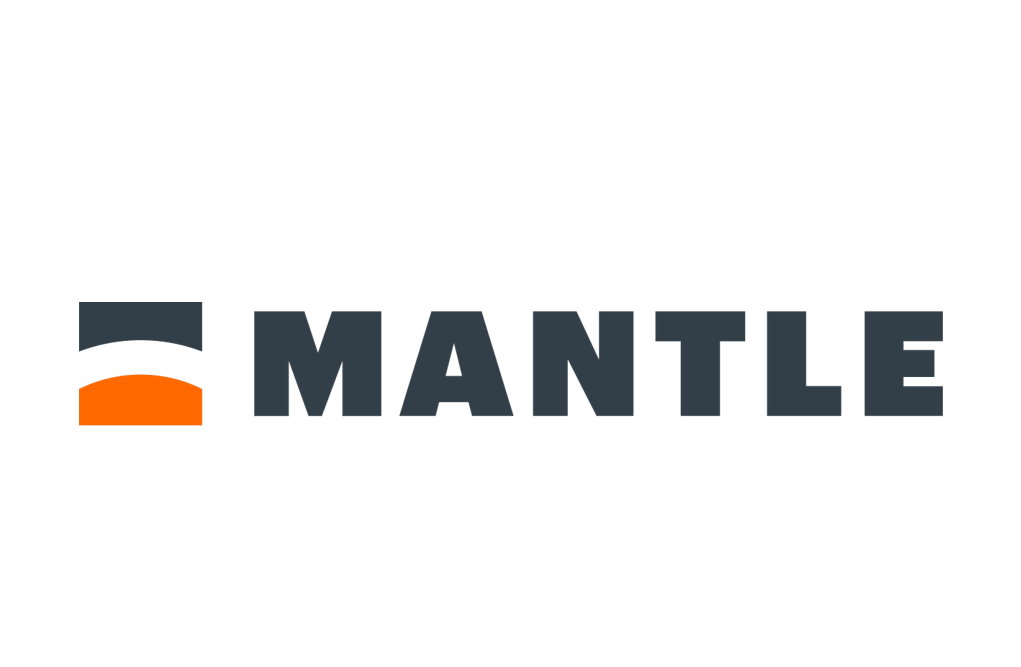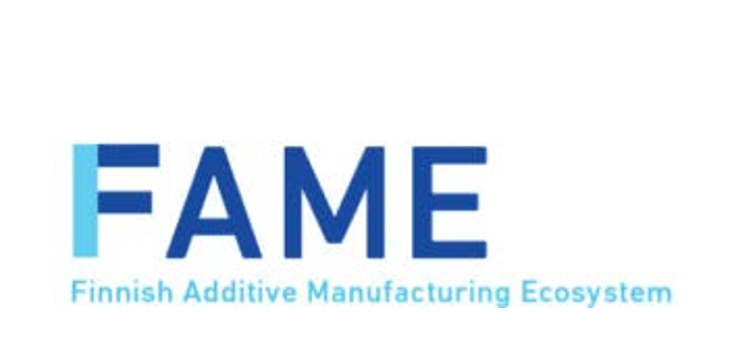January 14, 2025
An Introduction to Achieving Sustainability Through Adopting Additive Manufacturing Technologies.
As the manufacturing industry continues to evolve in response to pressures around cost, sustainability and production, additive manufacturing (AM) is at the forefront of solutions that aim to reshape how products are designed, produced, and delivered.
Formnext is the largest tradeshow for the AM industry. Every year the community comes together in Frankfurt to listen, learn and share ideas. Our members can be seen in the exhibition halls showcasing their technology and taking part in the conversation. Our Executive Director, Sherri Monroe, was at Formnext 2024 in collaboration with MANSUS to produce a video series that focused on the solutions our members are bringing to industry. Sherri explains: “It’s not enough to have people in this hall [at Formnext], talking about additive manufacturing… it’s really important to be able to share this information with the companies that are looking for solutions.
AMGTA and MANSUS are teaming up to present a nine-part interview series that highlights AM’s potential and the benefits AMGTA members are having on environmental and commercial sustainability. MANSUS is a modern media platform designed to empower manufacturing leaders with the knowledge and connections they need to drive sustainability through content that has impact.
In our first episode, Sherri introduces the series and shares her thoughts. She talks about the role of additive manufacturing in driving sustainability, economic resilience, and innovation in the manufacturing space.
What Is Additive Manufacturing?
Additive manufacturing, also known as 3D printing, is more than just a set of technologies — it’s a transformative approach to production. Unlike traditional manufacturing technologies like forging, casting and milling, AM builds components layer by layer, offering the ability to produce complex designs that would be impossible to create using other methods.
As Sherri explains, one of the most exciting aspects of AM is its flexibility. “Additive manufacturing allows you to produce parts when you want them, where you want them, and how you want them — not necessarily in huge volumes,” she notes. This ability to produce on demand, across various locations, and with different designs makes AM an incredibly powerful tool for companies seeking more control over their production processes.
New Possibilities in Design and Production
With AM, it is possible to create parts with complex geometries that would be difficult, if not impossible, to produce with other manufacturing methods. For example, in the medical field, many hip replacements and dental implants are now 3D printed to ensure a precise fit and improve osseointegration. In everyday products, like the iPhone 16, feature parts made using AM, showcasing the technology’s versatility.
Sherri emphasizes how these capabilities are driving innovation: “Additive manufacturing is opening up opportunities for companies to produce highly specialized parts and products, in a more efficient and sustainable way, that could not have been manufactured any other way,” she says. By allowing manufacturers to rethink how and where products are made, AM is enabling a new era of custom-made solutions that meet specific customer needs.
Sustainability and Economic Resilience
One of the most compelling benefits of additive manufacturing is its potential to support sustainability efforts in manufacturing. Sherri points out that AM can help companies produce parts with less waste, reduce energy consumption, and streamline their supply chains. However, the advantages go beyond environmental impact. AM also presents opportunities for businesses to become more economically resilient.
“These technologies allow companies to produce parts in a way that is more controlled, more resilient, and less subject to the variability of traditional supply chains,” Sherri explains. The ability to produce parts on demand, when needed, eliminates the need for large inventories and reduces the carbon footprint of transportation and warehousing.
By reducing overproduction and minimizing the need for raw materials, AM offers significant environmental and financial benefits. These efficiencies make AM a key player in the pursuit of a more sustainable and economically viable manufacturing future.
The Importance of Collaboration
AMGTA plays a critical role in advancing the adoption of additive manufacturing, and Sherri believes that collaboration between technology developers and users is key to unlocking AM’s full potential. AMGTA is a global organization, bringing together technology developers and users across the manufacturing supply chain to promote best practices, share knowledge, and drive the sustainable growth of additive manufacturing.
Sherri explains: “There are two groups in the AM ecosystem—technology developers and technology users. The conversation between these groups is incredibly important because it helps to align technological capabilities with real business needs.” By fostering collaboration, AMGTA is helping businesses better understand how AM can solve practical challenges in their supply chains, product development, and production processes.
Sharing Knowledge with a Broader Audience
One of the key goals of this interview series is to bridge the gap between those already familiar with additive manufacturing and the broader manufacturing community that are exploring new solutions. “We’re here with MANSUS to really help tell the stories of the benefits of AM and bring them to a much wider audience,” Sherri says. “It’s important to share these insights with companies that are looking for solutions. They want to know how to do things better—they have big goals, whether economic, sustainability, or innovation-driven.”
This conversation, and the broader series of interviews, aims to make additive manufacturing accessible to a larger audience, providing valuable insights for companies of all sizes and industries. By showcasing real-world use cases, best practices, and the collaborative efforts happening within the AMGTA membership. This series will help businesses understand how they can leverage AM to meet their goals and overcome challenges.
Looking Ahead: The Future of Additive Manufacturing
For AMGTA and MANSUS, the future of AM is not just about adopting new technologies—it’s about integrating these innovations into the broader context of sustainable manufacturing. By continuing to collaborate, share knowledge, and explore new use cases, companies can unlock the full potential of AM and move closer to a more sustainable, resilient manufacturing future.
You can follow this series on our website’s News & Insights page or via the MANSUS YouTube channel we will be sharing a new episode every Wednesday from 15th January through 5th March. Thank you to our valued members for taking part in this series.





